Last Updated on 23/04/2025
Kolkata, known as Calcutta prior to 2001, is the capital of the West Bengal state in the eastern region of India. Stretching in a north-south direction along the eastern bank of the River Hooghly, it usually includes its suburbs along with its population of approximately 15 million. This ranks it as the third-largest metropolitan city in India and the world’s eighth-largest agglomeration.
The name of the city actually originates from the name Kalikata, one of the three villages in the area prior to British rule. In fact, Kalikata comes from Kalakshetra, meaning the Land of the Goddess Kali. Located in the Ganges Delta, the city was primarily a stretched marshland that was cultivated over the decades to house the growing population. The remaining wetland is named the East Calcutta Wetlands and is accredited as a Wetland of International Importance.
Until 1911, Kolkata was the capital of India and the center of advanced education, commerce, science, tradition, and politics in India. However, since 1954, it has been a center of political aggression and financial stagnation. It is noteworthy for its revolutionary struggle right from the Indian Independence movement until the trade union movements. The current picture is that its halted growth received a boost due to Information Technology starting in 2000.
History
- 1690: The East India Company arrived in 1690, uniting its trade business when Siraj-Ud-Daulah was the Nawab of Bengal.
- 1702: The Fort William was completed, which was used by the British against other foreigners such as the Dutch, French, and Portuguese.
- 1772: Calcutta was made the capital of India during British rule.
- 1797–1805: Governor-General Richard Wellesley took efforts to look after the city’s growth, which entitled Calcutta with the title ‘The City of Palaces’.
- Early 19th Century: The city was divided into two areas – the British-known as the White Town and the other Indian, known as the Black Town.
- Since the 1850s: Industries flourished, particularly textile and jute, which resulted in huge investment in infrastructure projects.
- 19th Century: The Bengal Renaissance, a socio-cultural reform, brought about an uplifting of the people.
- 1883: Surendranath Banerjee organized the first national conference.
- 1905: The Partition of Bengal, based on communities, led to public agitation and the prohibition of British goods in the Swadeshi movement.
- 1942: The city was bombed during World War II by the Japanese.
- 1943: The Bengal famine, on a large scale, killed millions, the reason being starvation.
- 1944: Kolkata was again bombed during World War II.
- 1946: Communal violence occurred, killing 4,000 people due to the demand for a separate Muslim state. Several Muslims fled to Pakistan.
- 1971: The Indo-Pakistan war resulted in many refugees taking shelter in the city, leading to a strain on its infrastructure.
- 1980s: Mumbai took over the city’s reputation and became known as India’s most popular city.
- 1990s: The city’s economic position strengthened due to economic reforms.
Tourist Attractions
During British colonial reign, from 1700 to 1912, construction of palatial mansions and buildings in intertwining Gothic, Baroque, Roman, Oriental, and Islamic styles were undertaken on a large scale. In contrast with several north Indian cities, the architectural layout has its origin in European and British styles and, to a small degree, Portuguese and French styles.
The unique attractions here are the trams and underground metro railway, as it is the only city in India with trams.
Museums and Libraries
Victoria Memorial
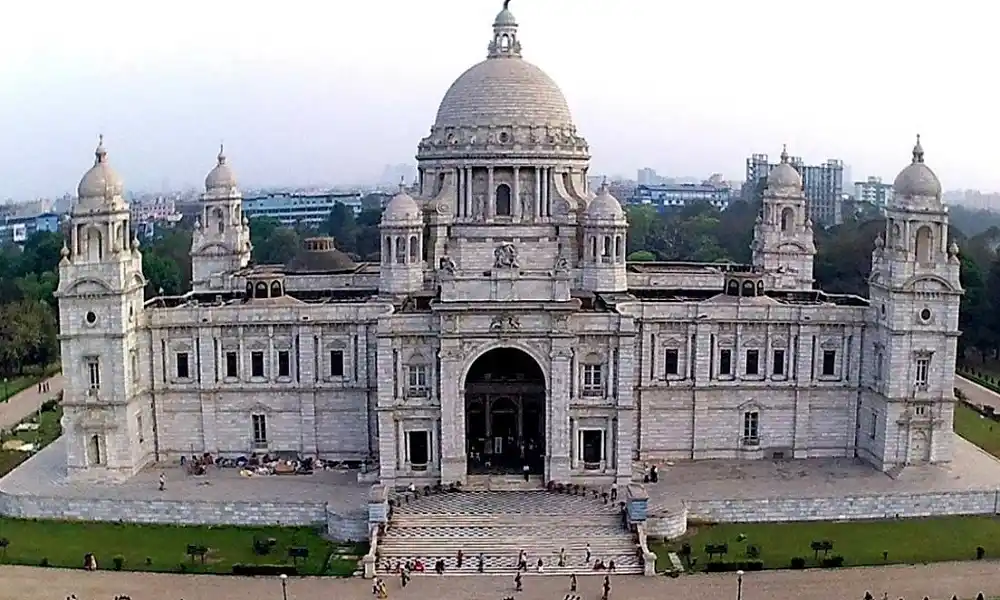
Built in 1906 and opened to the public in 1921, at a voluntary donation of Rs. 10 million, the memorial displays many paintings of the British royals and Mughals, oil paintings – particularly the nephew pair of Thomas Daniel and William Daniel, and historical artifacts. Surrounded by lush lawns and exclusively lit at night, it offers a laser audio-visual show every evening to its visitors.
Indian Museum
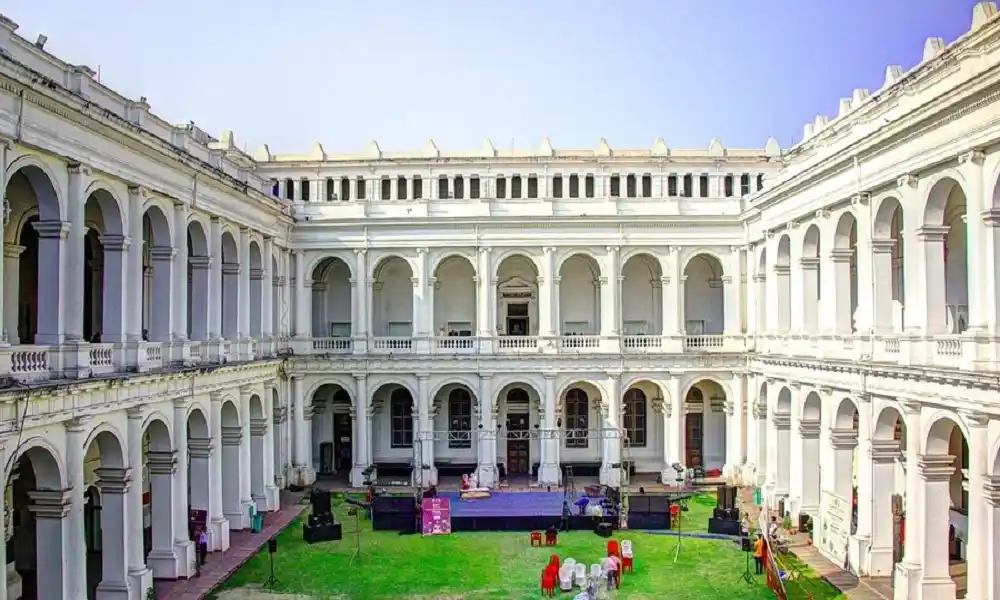
The largest museum in Asia, it holds an excellent collection of Indian natural history and Indian art. Noteworthy areas include the meteorite hall and dinosaur hall in the Natural History and Geology section; numismatics section and the collections of Gandhara Art; and sections holding Burmese woodwork, Mughal miniatures, and Tibetan banners.
Marble Palace
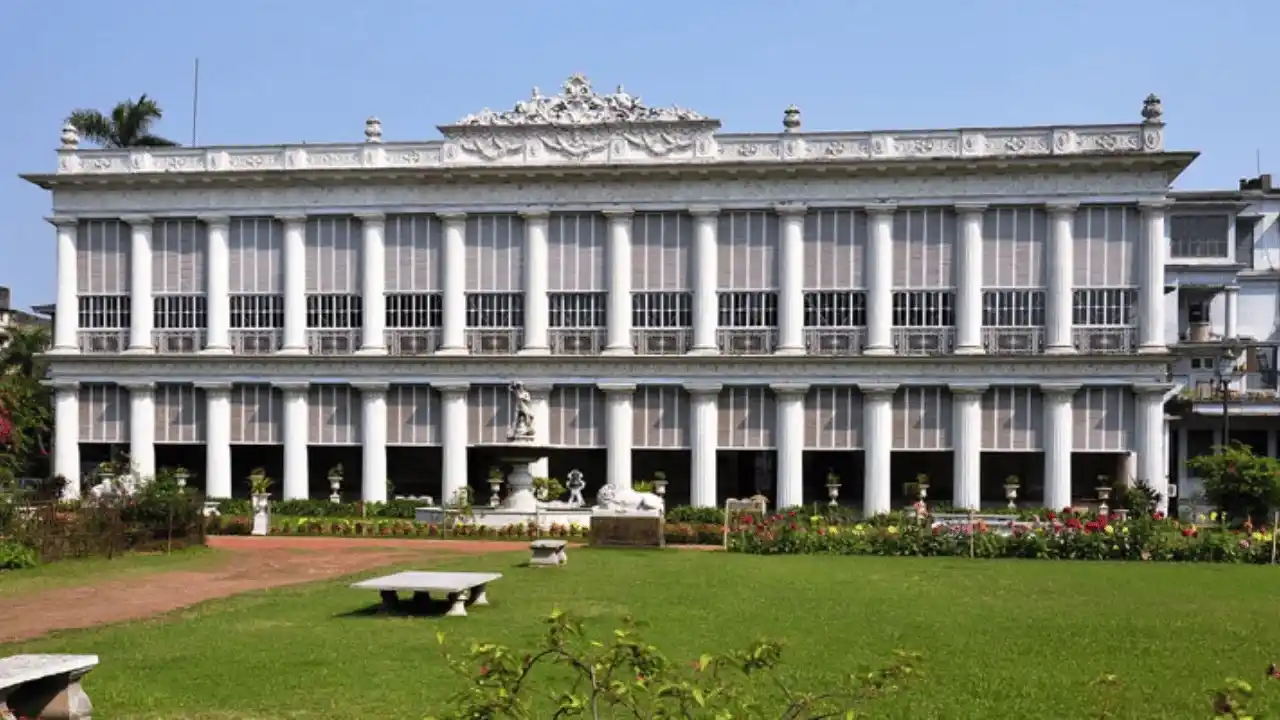
A privately owned palace built in 1835 with 50 types of marbles; it displays assorted sculptures, paintings, a small menagerie and aviary, two little Reubens, and a Joshua Reynolds.
Birla Industrial and Technological Museum
Known as the first science museum in Asia, it opened in 1959 and is based on the Deutsches Museum. It displays interactive science and historical industrial collections. Noteworthy are the displays of old gramophones, sound recorders, telephones, steam engines, and road rollers from 1880–1950. It also organizes summer camps, awareness programs, and astronomy sessions for school children.
Science City
The city’s first OMNIMAX theatre and displays interactive science and live bioscience projects.
Jorasanko Thakur Bari
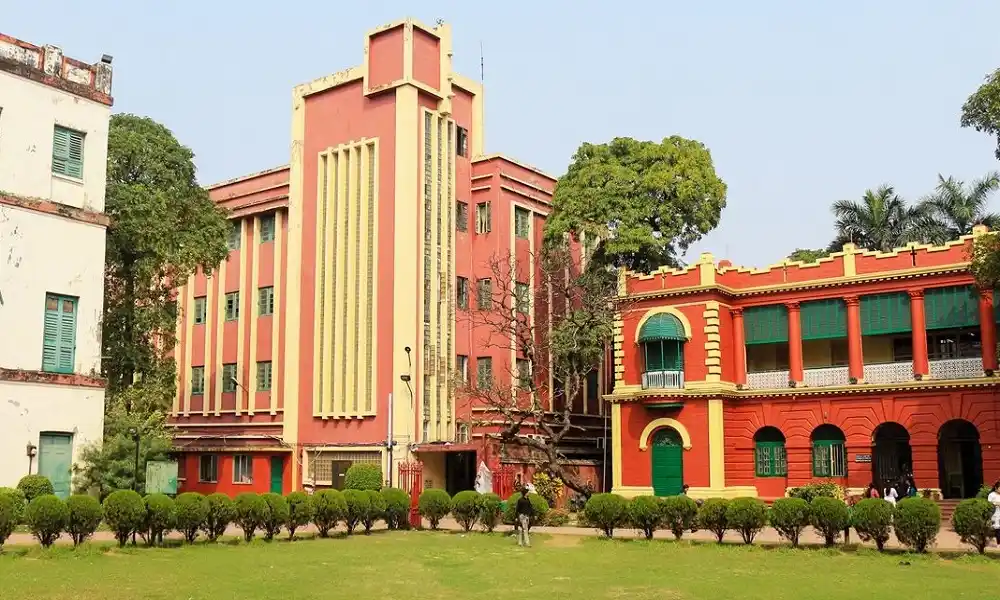
The familial home of the Tagores, now a museum since 1961. This center played an important role in the women’s liberation and India’s independence movement. It has three galleries: one depicts the works of Rabindranath Tagore, the second one exhibits the life of his close relatives, and the third is dedicated to the Bengal Renaissance.
Gurusaday Museum
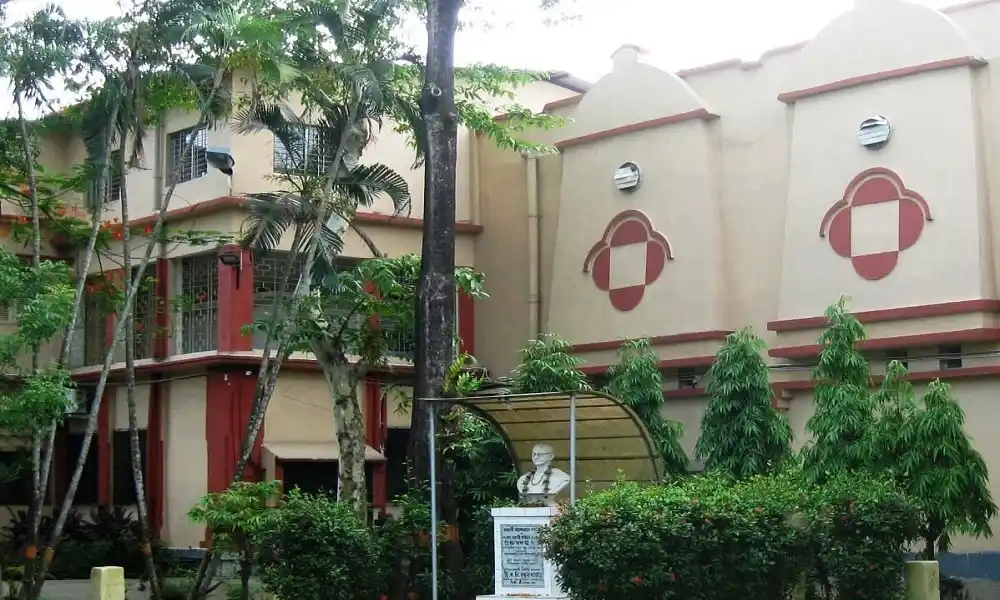
Exhibiting Bengal folk arts since 1963, it displays fine handicrafts, terracotta panels, kantha (folk quilt work), and hand-painted scrolls from the 1900s.
Jawahar Shishu Bhavan (Nehru Children’s Museum)
Named after Jawaharlal Nehru, who loved children, this museum has exhibited dolls and toys from all over the world since 1972. One of the main attractions is the doll-based depiction of the Indian epics, the Ramayana and the Mahabharata.
Sabarna Sangrahashala
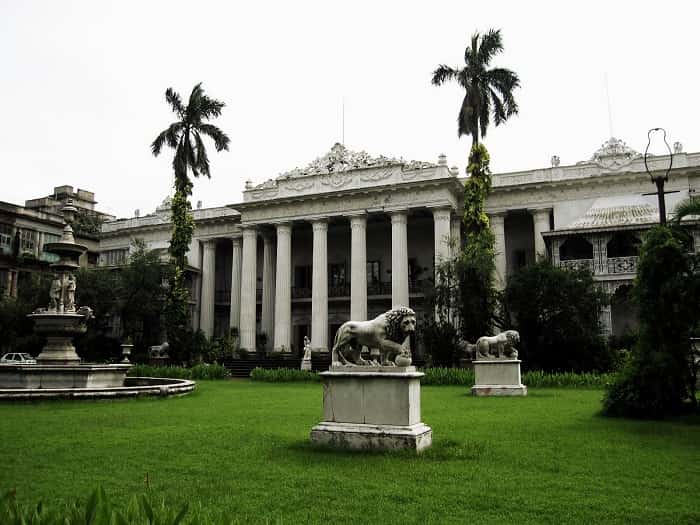
The only family museum of the city since 2005, it is a famous tourist spot and a great place to explore the history of Kolkata.
National Library of India
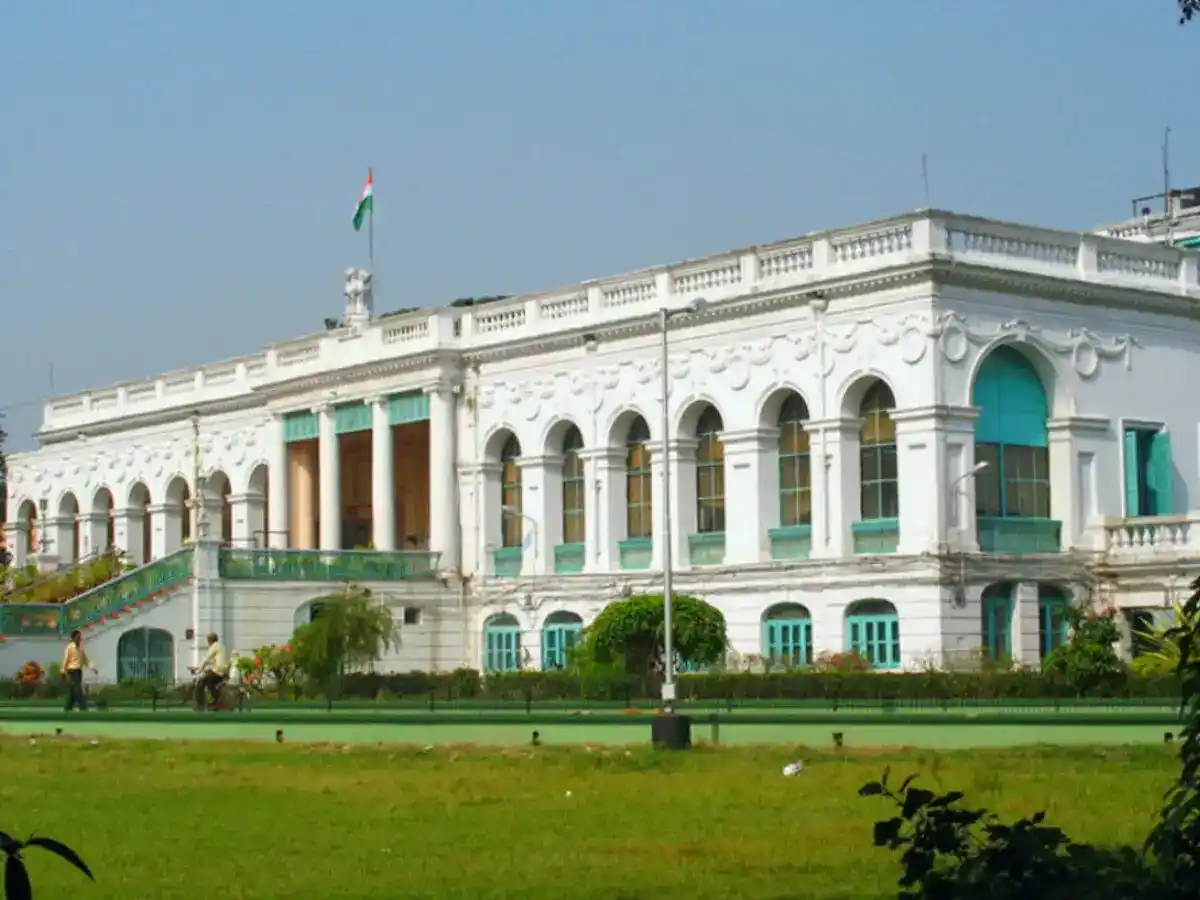
Considered as India’s leading public library and started in 1836, 4,675 books were first transferred here. Its aim is to gather every book on India of any time. It coordinates with other Indian public libraries and as per its goal, one copy of any new book has to be sent here.
Ramakrishna Mission
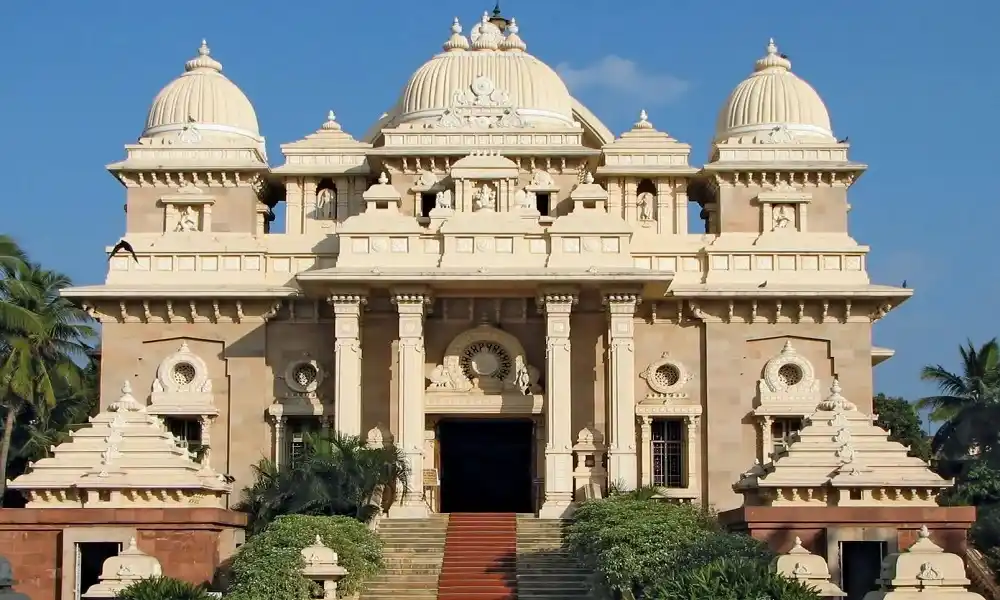
A popular library with a children’s section.
Historic Hotels
Great Eastern Hotel
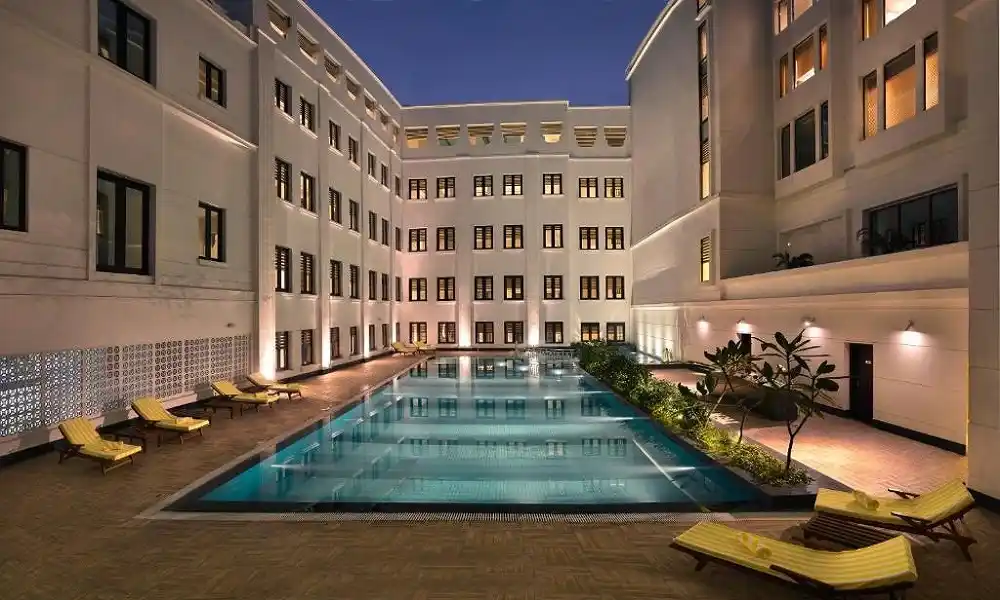
Built as the Auckland Hotel in 1841, named after the Governor-General, this grand hotel was also known as Wilson’s Hotel, Hall of Nations, and Japanese Hotel as it was frequented by the Japanese. Entitled the ‘Jewel of the East’, the hotel was known for its New Year parties and visits from world-famous personalities. Privatized in 2005, the hotel was expected to reopen after renovations in 2010.
Grand Hotel
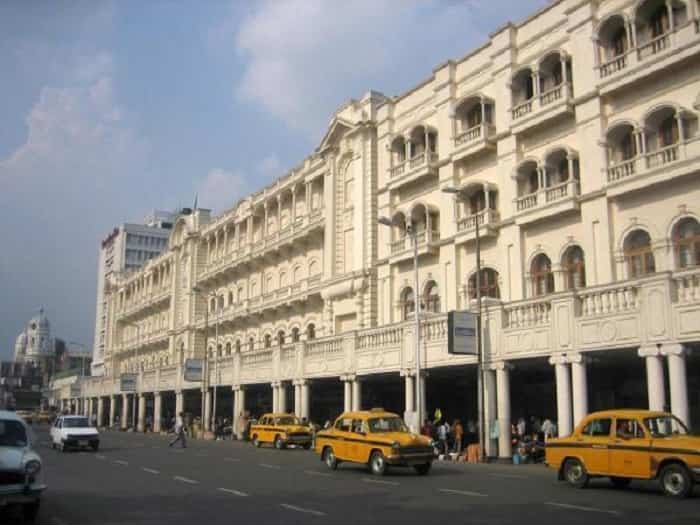
A 3-storied hotel with 500 rooms, which became the Oberoi Grand in 1938 after being acquired by Mohan Singh Oberoi. During World War II, the hotel was uplifted as nearly 4,000 soldiers were stationed here. Currently, events such as the U.S. Marines’ Ball are held here, reminding visitors of the hotel’s historical significance.
Parks
Kolkata Maidan (Field)
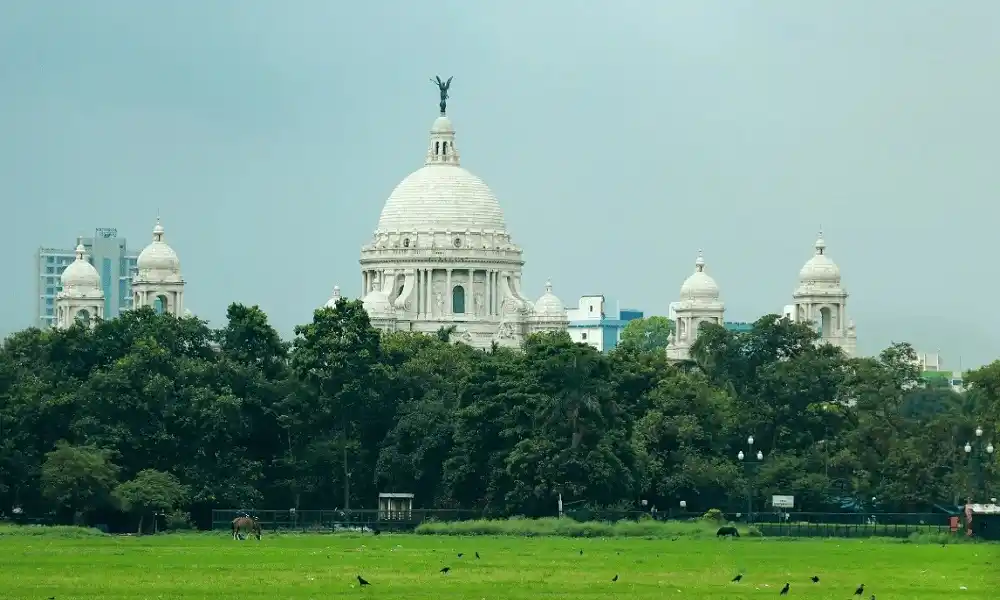
Once unfragmented, this park is now divided by roads. This land is home to polo, horseracing, football, cricket, and rugby. Additionally, several clubs are based here, including the big three of Indian football: Mohun Bagan Athletic Club, East Bengal Football Club, and Mohammedan Sporting Club, along with stadiums. On the edge of the Maidan are the arterial Chowringhee Avenue, Eden Gardens, and the new Millennium Park. The Maidan also hosts several monuments and statues, including the popular Shaheed Minar and the statue of ace footballer Gostho Pal.
Rabindra Sarobar
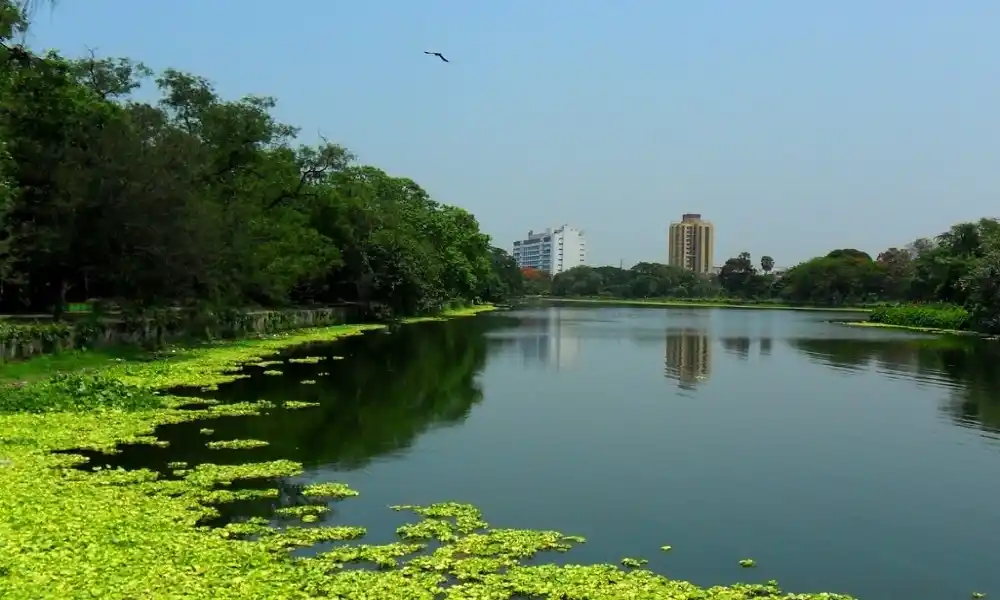
A man-made lake with an urban park, it offers an island hosting a bridge, an open-air amphitheatre named Nazrul Manch, a sports stadium called Rabindra Sarobar Stadium, and a children’s park.
Salt Lake Central Park
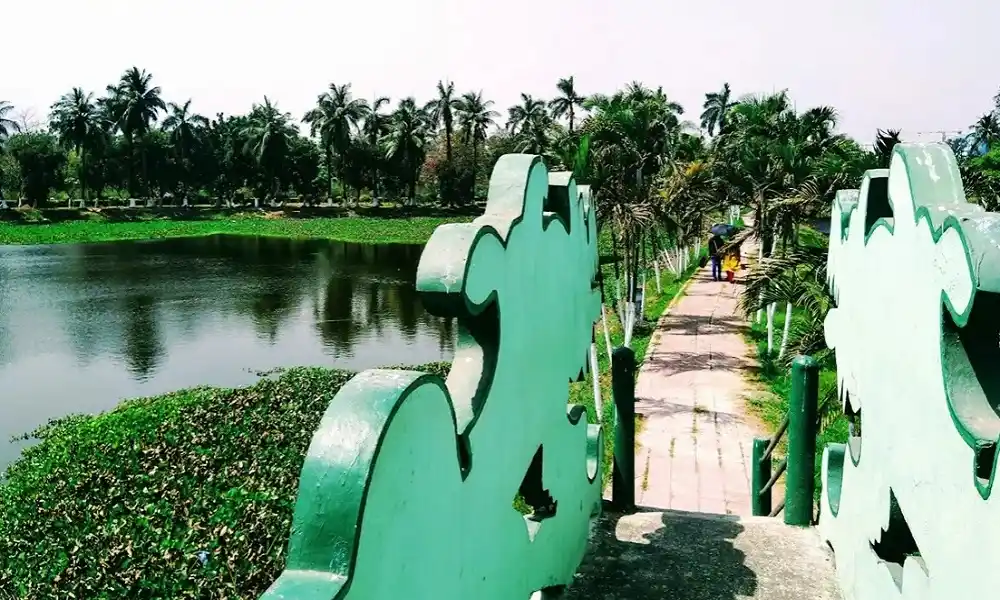
A huge park with a lake at its center, surrounded by information technology and government buildings.
Indian Botanical Garden
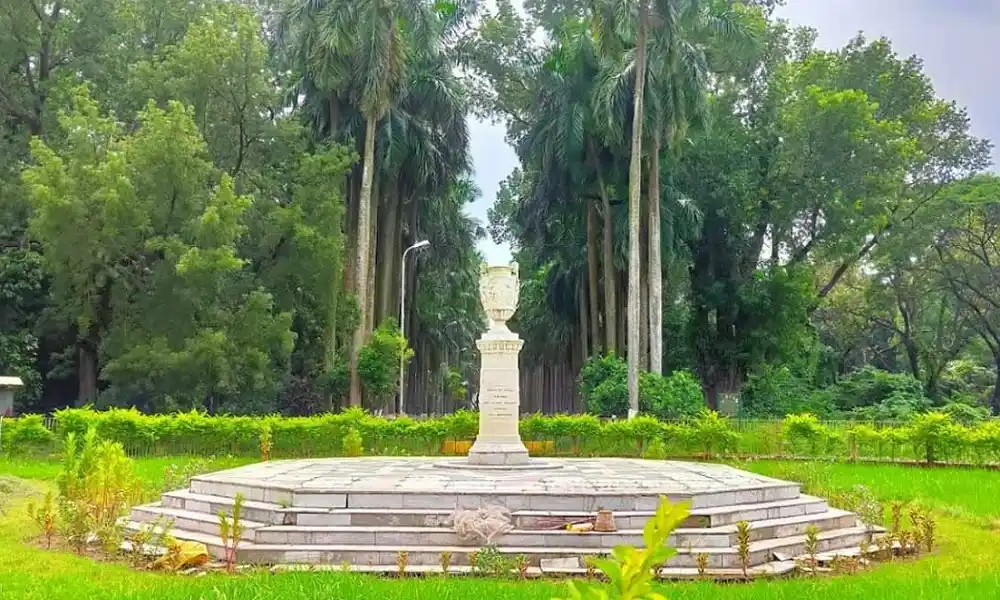
The oldest botanical garden in India, established in 1786. It is home to 50,000 species, the Botanical Survey of India, and a herbarium housing the 250-year-old banyan tree with the largest girth ever recorded.
Alipore Zoological Gardens
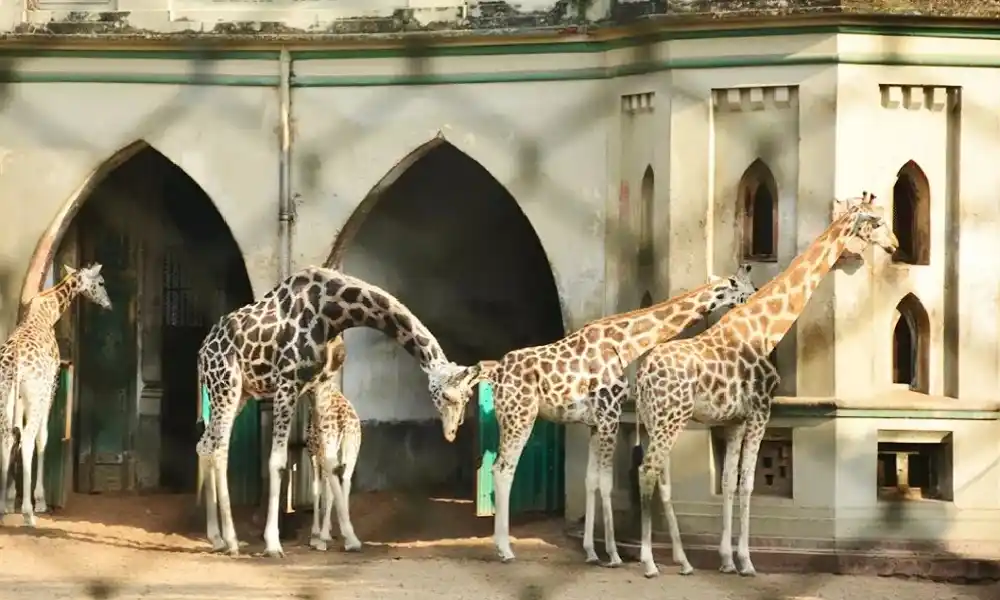
Established in 1875, the zoo is famous for Adwaita, a male Aldabra Giant Tortoise, who lived to be 250 years old, and for the live birth of a rare Sumatran Rhinoceros in 1889. The zoo now aims to meet the comfort requirements of its animals, as indicated by the Central Zoo Authority of India.
Statues and Memorials
The Shaheed Minar, also known as the Tower of the Martyrs and the Ochterlony Monument, was erected in the memory of Sir David Ochterlony who leaded the British East India Company army in the Gurkha War 1814-1816 and for attributing the freedom fighters. Other worth visiting statues and memorials are listed below.
Memorials
Panioty Fountain and William Jones Obelisk at the South Park Street cemetery.
Statues
- Netaji at the Shyambazar five point crossing
- Sir James Outram in front of the Victoria Memorial
- Ishwar Chandra Vidyasagar on the premises of Sanskrit College
- Rabindranath Tagore at the Jorasanko Tagore residence
- David Hare in marble on the precincts of Presidency College
Sports Venues
Eden Gardens
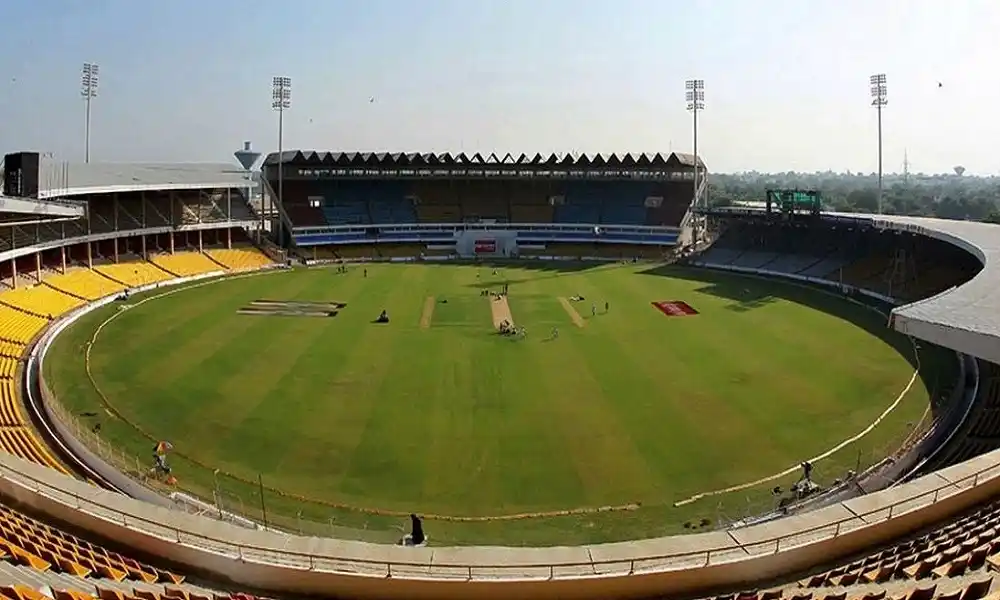
Popular for the game of cricket, it is between the only two amphitheaters for cricket accommodating 1,00,000 seats. The place also hosts a transported Burmese pagoda. Previously looked by the Eden sisters belonging to the Auckland family, the pavilion was constructed in 1871 and the first match here was played in 1911-12. Since then, the stadium has witnessed several international Test matches, one-day matches, and the finals of the Cricket World Cup of 1987. The stadium has witnessed some outstanding performances (V.V.S. Laxman’s 281) and passionate crowd.
Yuva Bharati Krirangan
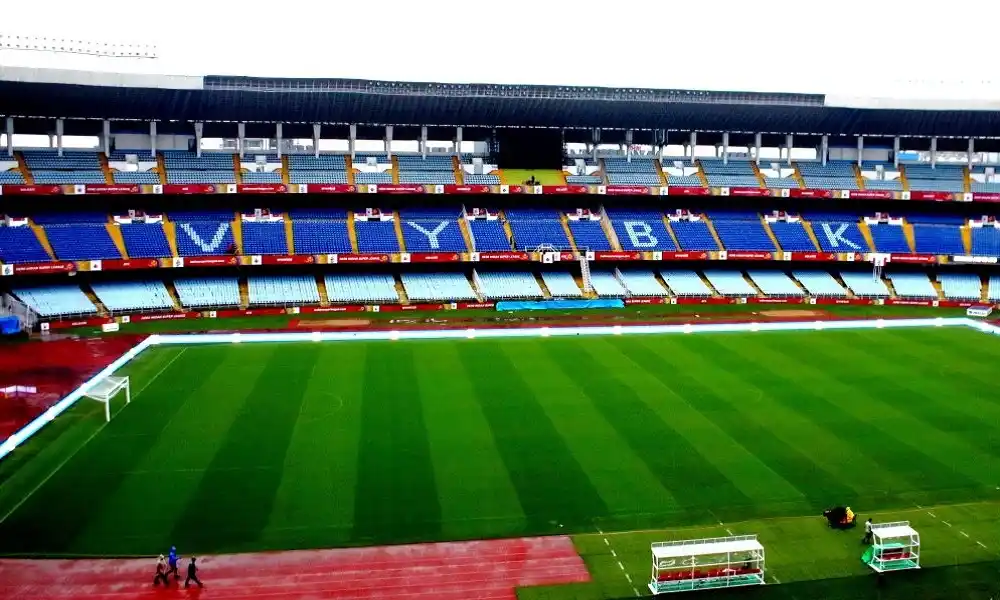
Also popular as the Salt Lake Stadium, this is an amphitheater holding the capacity of 1,22,000 for soccer matches and concerts. It was here that the 3rd South Asian Federation Games in 1987 was held.
The Netaji Indoor Stadium
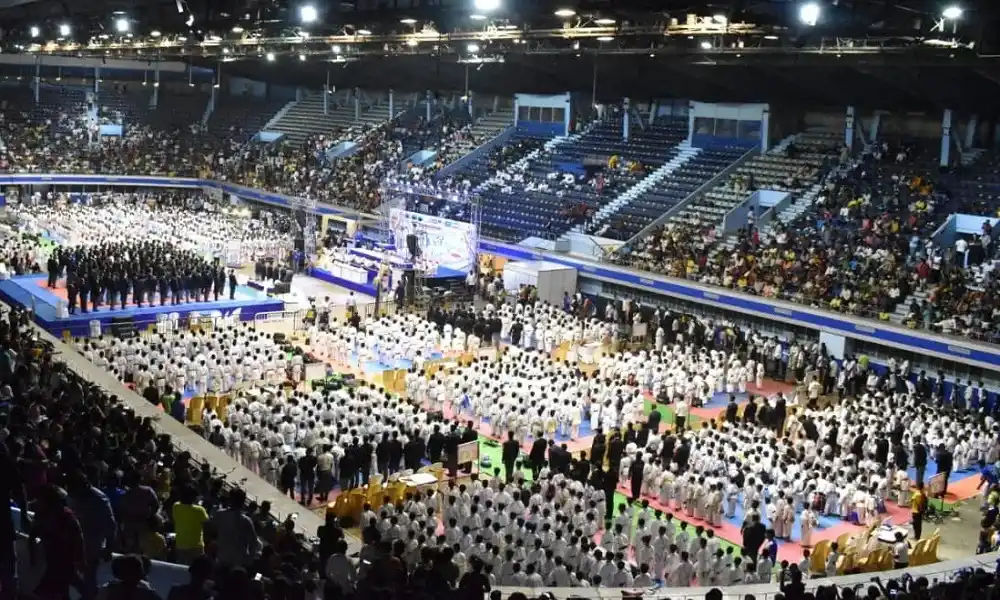
Erected in 1975 for hosting the World Table Tennis Championships, it has also hosted the state funeral of the beloved Mother Teresa in 1997. It is an air-conditioned stadium that has the capacity of accommodating 1,20,000 people. In addition, it also contains the Kshudiram Anusilani Kendra that is a smaller auditorium for training reasons.
The Calcutta Cricket and Football Club
Ranked as the second oldest cricket club in the world, it was discovered in 1792 originally as the Calcutta Cricket Club.
The Royal Calcutta Turf Club
Considered as the oldest, largest, and beautiful turf club in the country, it was established in 1847 and is famous for its Monsoon Track as among the world’s fastest draining tracks.
The Royal Calcutta Golf Club
Considered as the oldest golf club discovered in 1829, it was entitled as royal by George V in 1911.
The Calcutta Polo Club
This is the world’s second oldest active polo club founded in 1862.
The Calcutta Racket Club
This is among the world’s oldest squash and rackets clubs since 1793.
The South Club
Founded in 1920, it is the home of amazing tennis courts and the place for Davis Cup matches.
Markets and Malls
New Market
Originally known as the Hogg market and opened in 1874, this is the historic shopping place of the city.
Malls
- Forum Mall and Emami Shoppers’ City in Central Calcutta
- Swabhumi near the Eastern Metropolitan Bypass
- City Centre in the residential area of the Salt Lake City named Bidhannagar
- South City mall on Prince Anwar Shah Road
- Mani Square Mall on Eastern Metropolitan Bypass
Religious Places
- Dakshineswar Kali Temple
- Kalighat
- Birla temple
- Belur Math
- Tipu Sultan Mosque
Check out: Kolkata to Gangasagar One Day Tour Package


















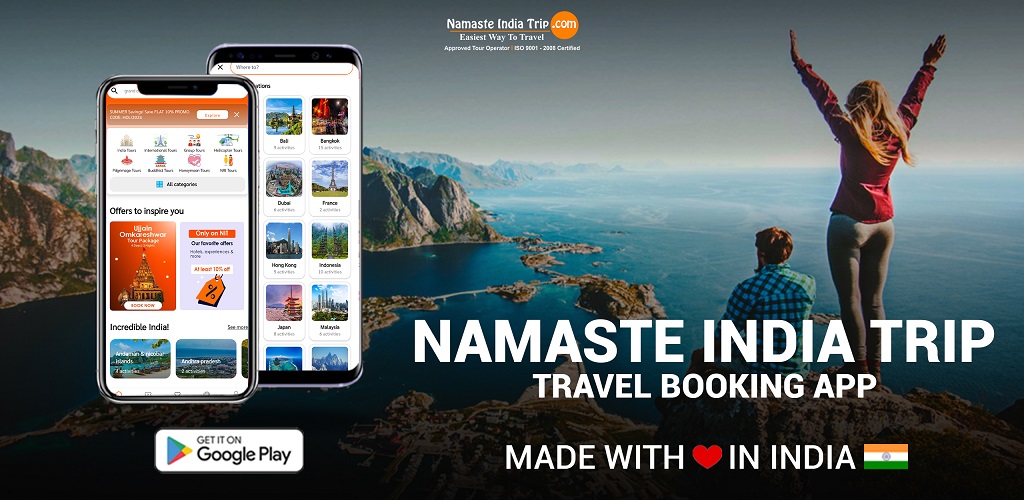
 Call
Call WhatsApp
WhatsApp Enquiry
Enquiry